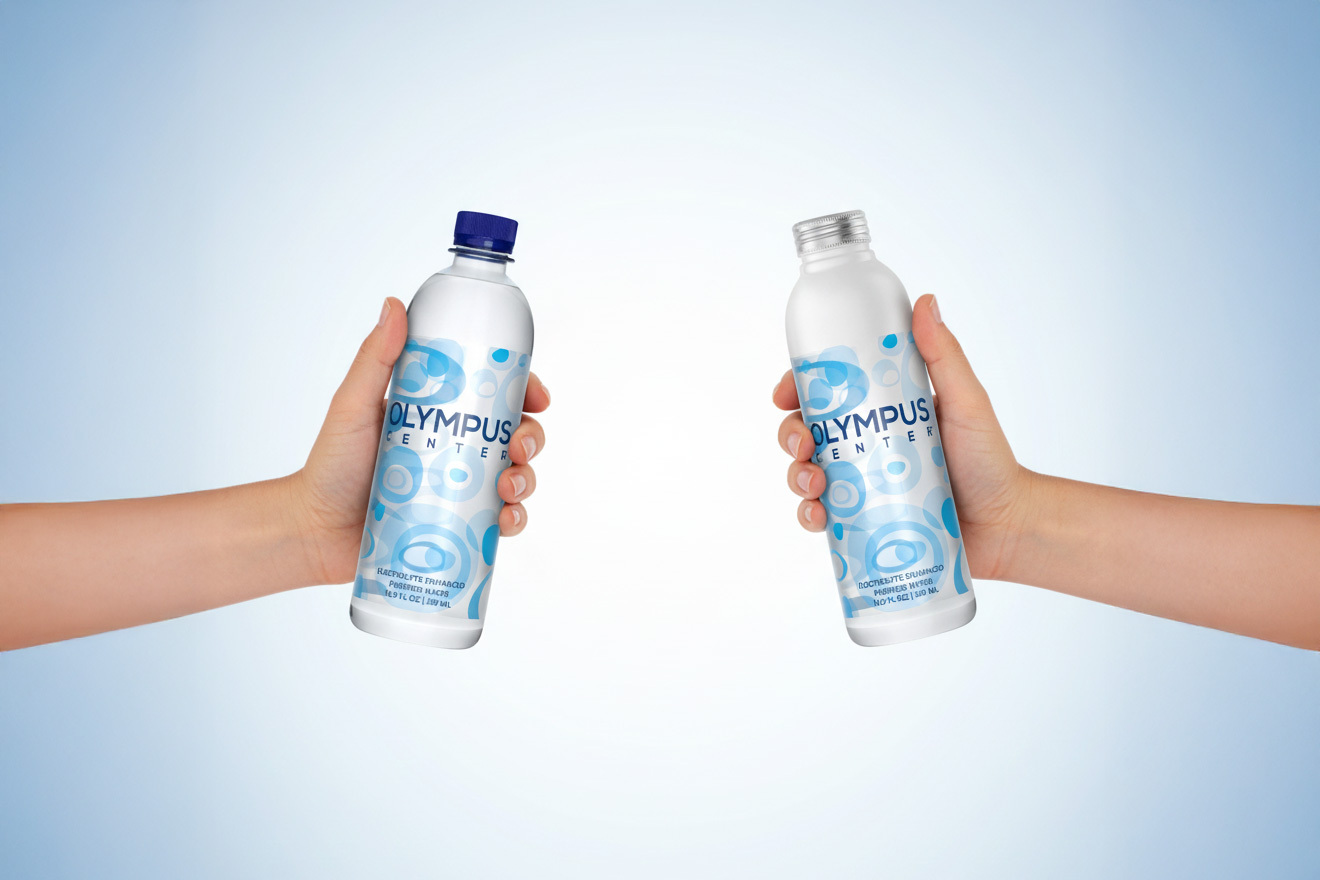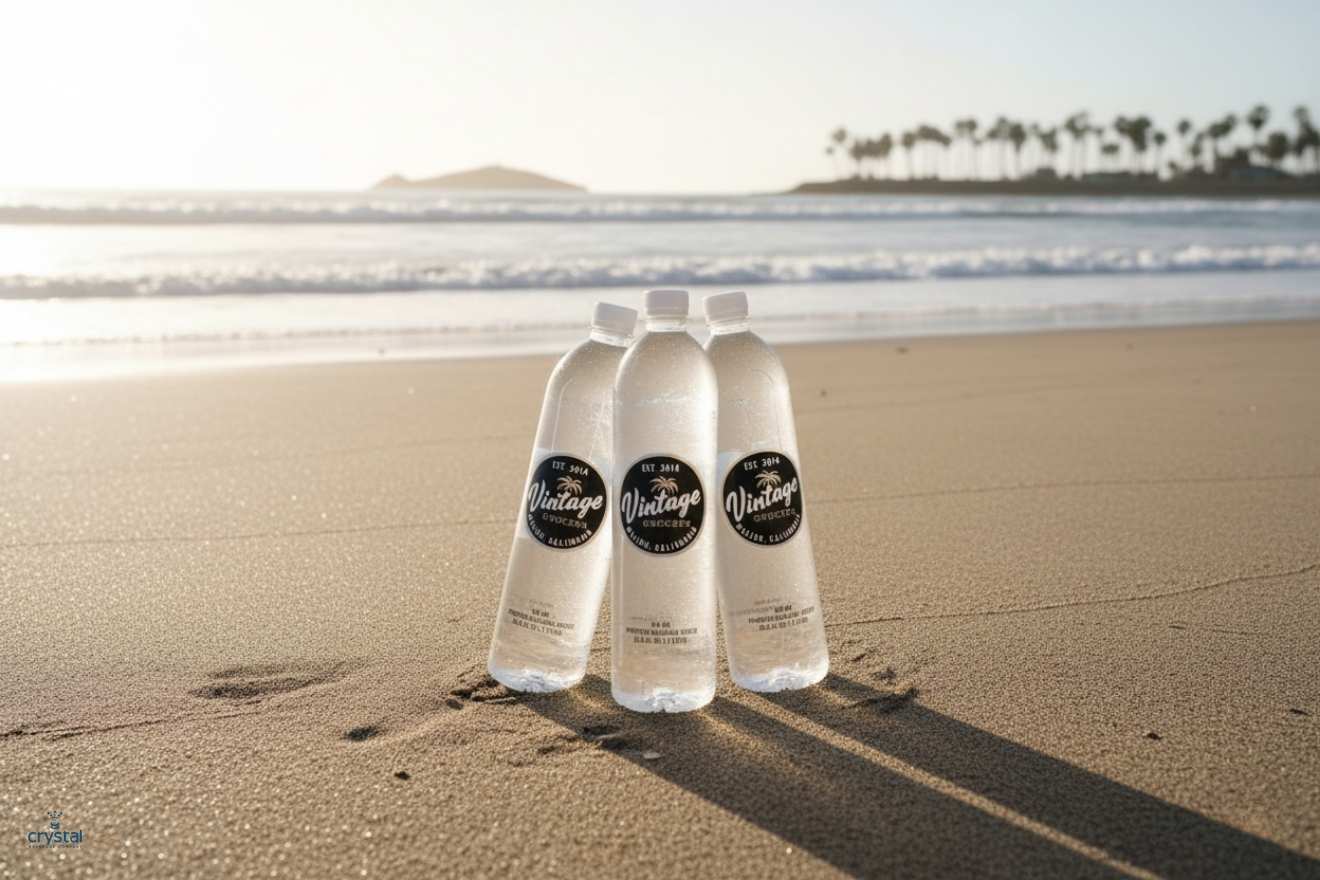All About Bacteria and Chemicals in Bottled Water


We all know how important it is to drink water and stay hydrated throughout the day, especially when you’re constantly on the go with a crazy busy lifestyle. It’s why we make it a habit to buy some bottled water from the grocery store or carry our own reusable water bottles and refill it as the day goes by.
It’s definitely a great habit to have, especially if you’re trying to be healthier this 2023, but one thing that no one ever thinks about is the potential germs, bacteria and chemicals that could be floating around in your water.
While water and bottling companies definitely do work to get rid of as many harmful contaminants as possible, there might be some things that we do daily that invite these unwelcomed floaters into every gulp of water we take. Here are some of the bacteria and chemicals that could be in your water.
Factors Affecting the Amount of Bacteria

Material of Your Bottle
A study done by the International Association for Food Protection tested four reusable water bottle materials—hard plastic, soft plastic, metal and glass. They found that glass had the least amount of bacteria on the exterior of the bottle due to its incredibly low porosity, whereas reusable metal water bottles had the most.
The study also found that both the hard and soft plastic water bottles more or less had the same amount of bacteria and were in the middle of both extremes.
Method of Cleaning
Naturally, the method and frequency of cleaning will affect the amount of bacteria. Those who either never washed their reusable water bottles or simply rinsed them with water had a higher level of bacteria compared to those who both rinsed and washed their bottles.
How Often You Refill
Water bottles that were refilled more throughout the day had a higher level of contamination compared to water bottles that weren’t refilled as much. A possible reason for this is that water bottles that are more often refilled have to be touched more. These refills might also cause some water to drip outside the water bottle, making a nice and moist environment for bacteria growth.
While this might seem harmless as this bacteria growth supposedly happens outside the water bottle away from the water inside, this bacteria can not only grow at high rates but can also infiltrate the contents of your water bottle without you even knowing it. Here are some of the bacteria that can be found in the water that you’re drinking:
Common Bacteria and Chemicals in Water Bottles
Bisphenol A and Phthalates
These are most commonly found in plastic water bottles that you can buy in the supermarket, but these are chemicals found in the plastic materials of these bottles that can disrupt your endocrine system. The endocrine system is in charge of your bodily hormones, but these chemicals can be released from the plastic and seep into your water.
However, this doesn’t mean that plastic water bottles aren’t safe as these chemicals are only released when the plastic is exposed to extreme temperatures that alter their chemical makeup, or when the water has been left in the bottle for too long.
And while researchers have found that bottled water could have bacterial counts ranging from 0.01 to 4,900 colonies per milliliter after testing 57 samples, they reassured that the water was still safe to drink so long as the plastic bottle was kept within the recommended conditions.
E. Coli
While many researchers have found that a reusable bottle can harbor up to 300,000 bacteria cells when left uncleaned for a week, the specific nature of these cells are never really disclosed, probably because of how many different strains there are.
However, to give you a perspective of how dangerous this can be for your health, studies have found that E. Coli can grow inside water bottles, which can lead to things like food poisoning or food poisoning symptoms, as well as gastroenteritis. This is why it’s important to not only clean your bottle frequently, but also thoroughly.
Other Harmful Bacteria
Studies and researchers don’t often share the specific bacteria that they found when testing the contamination levels on reusable bottles, but they did find a high amount of bacteria that could cause strep and staph in bottles that were poorly cleaned.
Tips on Cleaning Your Reusable Water Bottle

Regular Cleanings
In case you need another reminder, it’s time to clean your reusable water bottle regardless of how clean it might still look. You never know what kind of bacteria could be clinging onto the inside of your bottle, so get some dish soap and a bottle brush and start scrubbing every nook and cranny, preferably after every use.
Use Vinegar for Deep Cleaning
White vinegar has been lauded for its versatility in cleaning, mainly due to its antibacterial properties. You can use this to help kill any bacteria in your water bottle by filling the bottle with water and adding a tablespoon or two of white vinegar. Shake your bottle to get everything mixed together before leaving it overnight to work.
Leave to Air Dry
It’s best to leave your bottles to air dry to prevent any tiny droplets of water from lingering at the bottom as these could be a great place for bacteria to grow.
With the different lifestyles that we lead, it's important that our hydration is able to keep up. From bottled water to high quality and reusable aluminum bottles, My Own Water is here to take care of all your hydration needs so that you can continue living your best life. Make sure you’re drinking safe and clean water when you drink My Own Water!






